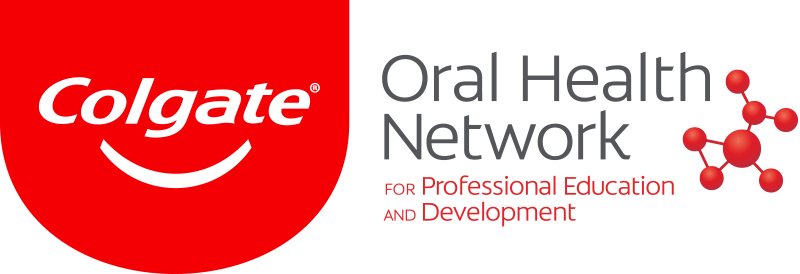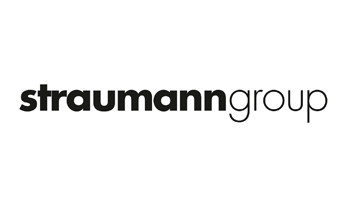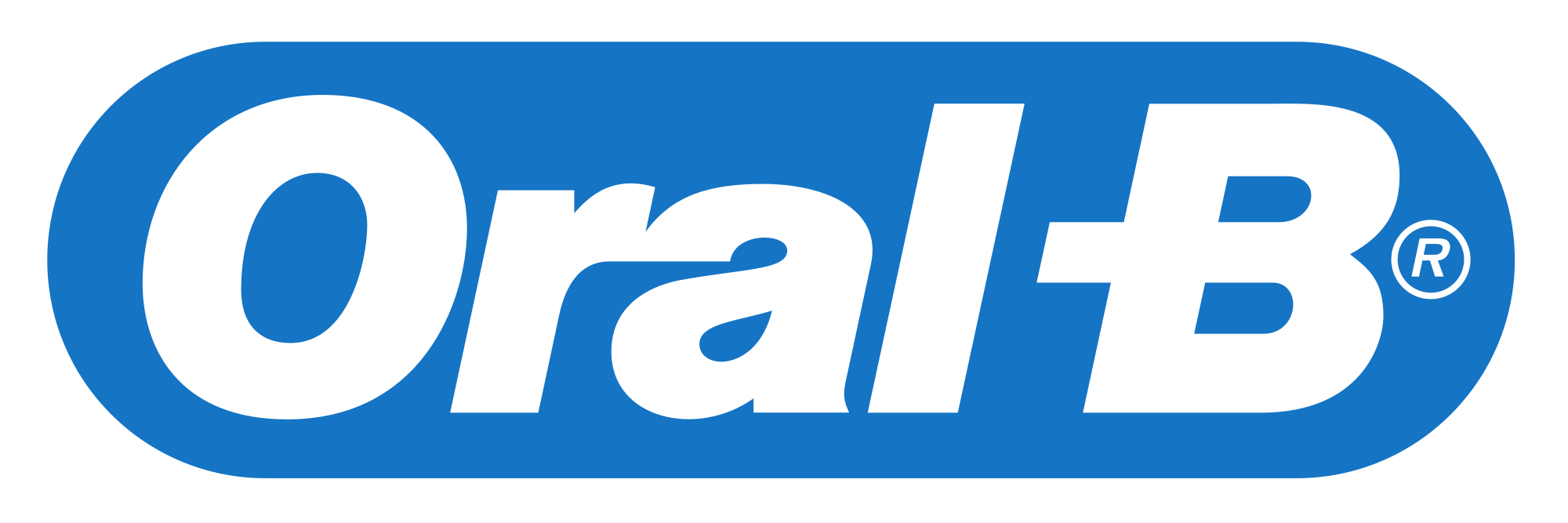POHANG/SEOUL, South Korea: Guided bone regeneration is widely used for dental implant surgeries. However, in patients with insufficient bone quantity and quality, this approach is less successful and requires a longer treatment period. Depending on the configuration of the defect sites, the use of barrier membranes alone to prevent the ingrowth of non-osteogenic cells is not sufficient to significantly facilitate bone regeneration. Therefore, researchers from South Korea have developed an osteogenic barrier coating material that is expected to improve the success rate of implant treatment, regardless of the bone quality of the implant site.
Guided bone regeneration maintains the space for bone to grow and prevents non-osteogenic cells, such as fibroblasts, from populating the bone defect site, allowing the bone to grow without interference. Even though titanium mesh, one of the most commonly used membranes for guided bone regeneration, performs well and is biocompatible, it can be susceptible to soft-tissue ingrowth through its pores. Therefore, the joint research team from Pohang University of Science and Technology (POSTECH), Kyungpook National University in Daegu in South Korea and Korea University Anam Hospital in Seoul developed a coating material to accomplish reliable clinical outcomes using guided bone regeneration.
The research team coated a titanium mesh with the osteogenic barrier material loaded with bone morphogenetic protein-2 (BMP-2), an osteoinductive growth factor, and found that it performed excellently as a bioactive physical barrier and was capable of sustained release of the BMP-2. The coating prevented the ingrowth of soft-tissue cells and attracted osteogenic cells in vitro, significantly facilitating bone regeneration. When used on a titanium mesh in vivo in calvarial defects in rats, the novel coating led to a distinguishable acceleration of the formation of new bone.
Lead author Prof. Hyung-Joon Cha, head of the Department of Chemical Engineering at POSTECH, commented in a press release that the study findings demonstrated the possibility of improving the success rate of dental implants, regardless of the original bone condition.
The researchers concluded that their “osteogenic barrier coating can open new avenues to accomplish satisfactory clinical outcomes in bone therapies as a promising and practical [guided bone regeneration] approach with further expansion to more general bone tissue engineering including titanium-based prostheses”.
The study, titled “Cell recognitive bioadhesive-based osteogenic barrier coating with localized delivery of bone morphogenetic protein-2 for accelerated guided bone regeneration”, was published online on 18 January 2023 in Bioengineering and Translational Medicine, ahead of inclusion in an issue.
Tags:
SELBYVILLE, Del., U.S.: A new report on the global dental implant market features key industry trends across the product, material, end-use, and regional ...
LONDON, UK: Seeking to improve oral cancer detection and treatment, researchers from Queen Mary University of London have developed the first polymerase ...
The essential trace element, magnesium (Mg), has a vital role in our human body. It has many uses in dentistry and orthopedics. We see dental implant ...
BARCELONA, Spain: The International Osteology Symposium 2023 was held in Barcelona from 27 to 29 April, and the event was a resounding success, drawing ...
Dental Implant failures due to Perimplant diseases such as Peri-implantitis and Peri-implant mucositis is one of the most discussed topics today. With the ...
GOTHENBURG, Sweden: Biofilm formation on dental implants is a major challenge for dental professionals. It causes patients great inconvenience and entails ...
Oral Submucous Fibrosis (OSMF) is a chronic and potentially malignant condition that affects millions of people worldwide, particularly in Southeast Asia. ...
SEOUL, South Korea: Nearly five million people each year seek orthodontic treatment in USA and Canada, says American Association of Orthodontists. This ...
Live webinar
Mon. 29 April 2024
10:00 pm IST (New Delhi)
Prof. Roland Frankenberger Univ.-Prof. Dr. med. dent.
Live webinar
Tue. 30 April 2024
10:30 pm IST (New Delhi)
Live webinar
Fri. 3 May 2024
10:30 pm IST (New Delhi)
Live webinar
Wed. 8 May 2024
5:30 am IST (New Delhi)
Live webinar
Fri. 10 May 2024
5:30 am IST (New Delhi)
Live webinar
Mon. 13 May 2024
6:30 pm IST (New Delhi)
Live webinar
Mon. 13 May 2024
10:30 pm IST (New Delhi)
Doc. MUDr. Eva Kovaľová PhD.



 Austria / Österreich
Austria / Österreich
 Bosnia and Herzegovina / Босна и Херцеговина
Bosnia and Herzegovina / Босна и Херцеговина
 Bulgaria / България
Bulgaria / България
 Croatia / Hrvatska
Croatia / Hrvatska
 Czech Republic & Slovakia / Česká republika & Slovensko
Czech Republic & Slovakia / Česká republika & Slovensko
 France / France
France / France
 Germany / Deutschland
Germany / Deutschland
 Greece / ΕΛΛΑΔΑ
Greece / ΕΛΛΑΔΑ
 Italy / Italia
Italy / Italia
 Netherlands / Nederland
Netherlands / Nederland
 Nordic / Nordic
Nordic / Nordic
 Poland / Polska
Poland / Polska
 Portugal / Portugal
Portugal / Portugal
 Romania & Moldova / România & Moldova
Romania & Moldova / România & Moldova
 Slovenia / Slovenija
Slovenia / Slovenija
 Serbia & Montenegro / Србија и Црна Гора
Serbia & Montenegro / Србија и Црна Гора
 Spain / España
Spain / España
 Switzerland / Schweiz
Switzerland / Schweiz
 Turkey / Türkiye
Turkey / Türkiye
 UK & Ireland / UK & Ireland
UK & Ireland / UK & Ireland
 International / International
International / International
 Brazil / Brasil
Brazil / Brasil
 Canada / Canada
Canada / Canada
 Latin America / Latinoamérica
Latin America / Latinoamérica
 USA / USA
USA / USA
 China / 中国
China / 中国
 Japan / 日本
Japan / 日本
 Pakistan / Pākistān
Pakistan / Pākistān
 Vietnam / Việt Nam
Vietnam / Việt Nam
 ASEAN / ASEAN
ASEAN / ASEAN
 Israel / מְדִינַת יִשְׂרָאֵל
Israel / מְדִינַת יִשְׂרָאֵל
 Algeria, Morocco & Tunisia / الجزائر والمغرب وتونس
Algeria, Morocco & Tunisia / الجزائر والمغرب وتونس
 Middle East / Middle East
Middle East / Middle East
:sharpen(level=0):output(format=jpeg)/up/dt/2024/04/CHF-Technique-1.jpg)
:sharpen(level=0):output(format=jpeg)/up/dt/2024/03/AI-AR.jpg)
:sharpen(level=0):output(format=jpeg)/up/dt/2024/03/Gut-microbiome.jpg)
:sharpen(level=0):output(format=jpeg)/up/dt/2024/03/Minimally-invasive-1.jpg)
:sharpen(level=0):output(format=jpeg)/up/dt/2019/03/New-research-finds-a-link-between-using-mouthwash-and-raised-blood-pressure.jpg)








:sharpen(level=0):output(format=png)/up/dt/2022/10/DMP-logo-2020_end.png)
:sharpen(level=0):output(format=png)/up/dt/2021/02/logo-gc-int.png)
:sharpen(level=0):output(format=png)/up/dt/2022/01/HASSBIO_Logo_horizontal.png)
:sharpen(level=0):output(format=png)/up/dt/2014/02/kuraray.png)
:sharpen(level=0):output(format=png)/up/dt/2022/01/Ivoclar_Logo_19-01-2022.png)
:sharpen(level=0):output(format=png)/up/dt/2022/06/RS_logo-2024.png)
:sharpen(level=0):output(format=jpeg)/up/dt/e-papers/332719/1.jpg)
:sharpen(level=0):output(format=jpeg)/up/dt/e-papers/331220/1.jpg)
:sharpen(level=0):output(format=jpeg)/up/dt/e-papers/329595/1.jpg)
:sharpen(level=0):output(format=jpeg)/up/dt/e-papers/328476/1.jpg)
:sharpen(level=0):output(format=jpeg)/up/dt/e-papers/327304/1.jpg)
:sharpen(level=0):output(format=jpeg)/up/dt/e-papers/325553/1.jpg)
:sharpen(level=0):output(format=jpeg)/up/dt/2023/04/Novel-coating-material-expected-to-accelerate-bone-regeneration-for-dental-implant-procedures.jpg)

:sharpen(level=0):output(format=jpeg)/up/dt/2024/04/CHF-Technique-1.jpg)
:sharpen(level=0):output(format=jpeg)/up/dt/2022/02/shutterstock_626504315-300x300.jpg)
:sharpen(level=0):output(format=jpeg)/up/dt/2018/09/implant-revenue.jpg)
:sharpen(level=0):output(format=jpeg)/up/dt/2022/03/Novel-PCR-test-set-to-improve-oral-cancer-detection-and-treatment.jpg)
:sharpen(level=0):output(format=jpeg)/up/dt/2019/10/dental-implant-surfaces-1188x668-.jpg)
:sharpen(level=0):output(format=jpeg)/up/dt/2023/05/Cheers-to-new-beginnings-celebrating-oral-tissue-regeneration.jpg)
:sharpen(level=0):output(format=jpeg)/up/dt/2017/01/98f5ca8f7b37fd078c28df1b275147db.jpg)
:sharpen(level=0):output(format=jpeg)/up/dt/2021/09/Graphene-coating-that-releases-antibacterial-acid-prevents-formation-of-biofilm-on-dental-implants.jpg)
:sharpen(level=0):output(format=jpeg)/up/dt/2024/01/Botox-OSMF.jpg)
:sharpen(level=0):output(format=jpeg)/up/dt/2018/06/ortho-coatings.jpg)






:sharpen(level=0):output(format=jpeg)/up/dt/2024/04/CHF-Technique-1.jpg)
:sharpen(level=0):output(format=jpeg)/up/dt/2024/03/AI-AR.jpg)
:sharpen(level=0):output(format=jpeg)/up/dt/2024/03/Gut-microbiome.jpg)
:sharpen(level=0):output(format=jpeg)/up/dt/e-papers/331220/1.jpg)
:sharpen(level=0):output(format=jpeg)/up/dt/e-papers/329595/1.jpg)
:sharpen(level=0):output(format=jpeg)/up/dt/e-papers/328476/1.jpg)
:sharpen(level=0):output(format=jpeg)/up/dt/e-papers/327304/1.jpg)
:sharpen(level=0):output(format=jpeg)/up/dt/e-papers/325553/1.jpg)
:sharpen(level=0):output(format=jpeg)/up/dt/e-papers/332719/1.jpg)
:sharpen(level=0):output(format=jpeg)/up/dt/e-papers/332719/2.jpg)
:sharpen(level=0):output(format=jpeg)/wp-content/themes/dt/images/3dprinting-banner.jpg)
:sharpen(level=0):output(format=jpeg)/wp-content/themes/dt/images/aligners-banner.jpg)
:sharpen(level=0):output(format=jpeg)/wp-content/themes/dt/images/covid-banner.jpg)
:sharpen(level=0):output(format=jpeg)/wp-content/themes/dt/images/roots-banner-2024.jpg)
To post a reply please login or register